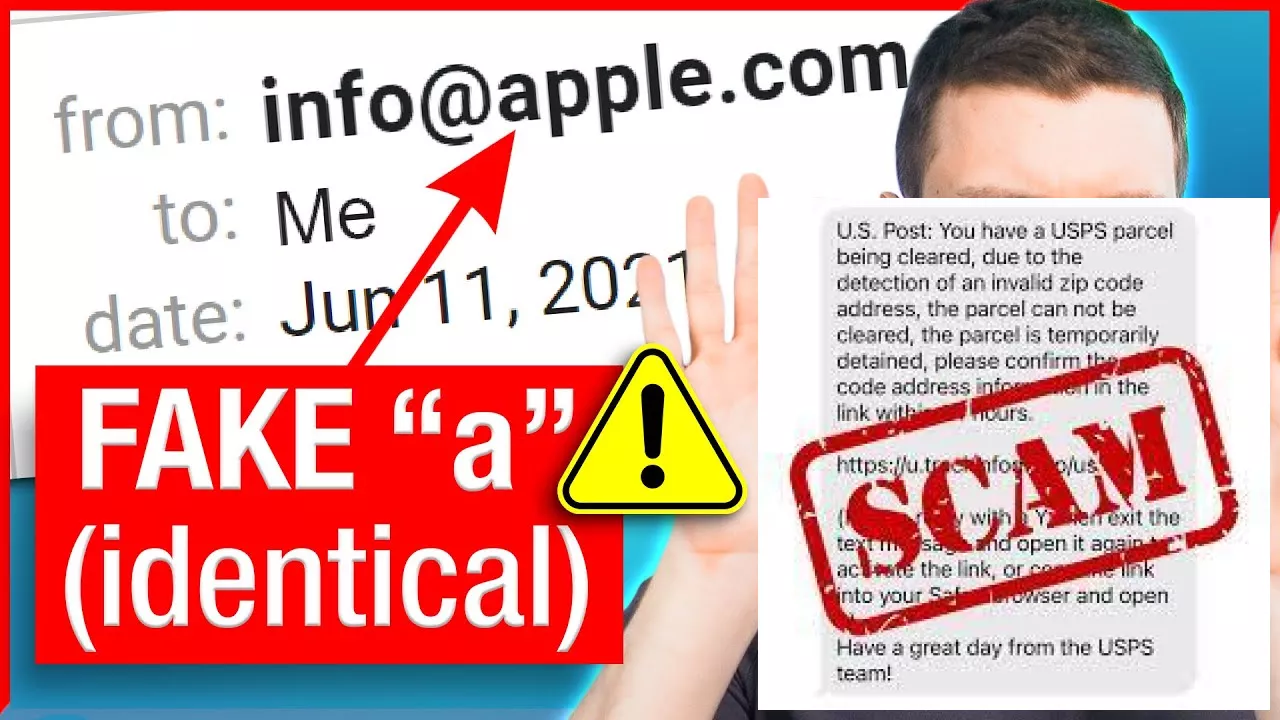Shockingly, 85% of adults have experienced some form of online fraud. This isn't just a statistic; it's a wake-up call. Protecting yourself online requires knowledge and vigilance, and this guide will empower you to do just that.
The digital world offers incredible opportunities, but it also harbors unseen threats. How can we navigate this complex landscape safely? Let's explore the key warning signs of online fraud and learn how to avoid becoming a victim.
Identifying Scam Emails
- Unexpected contact: Beware of emails from unknown senders requesting personal information or urgent action.
- Suspicious links: Hover over links before clicking to see the actual URL. Legitimate websites rarely use shortened or unusual URLs.
- Grammatical errors: Many scam emails contain obvious grammatical mistakes or poor spelling.
- Threats or urgency: Emails that pressure you into immediate action, often with threats of consequences, are highly suspicious.
Now that we've examined the telltale signs in emails, let's consider another common attack vector: fake WhatsApp messages. How do these insidious attempts at fraud differ, and what can we do to protect ourselves?
Spotting Fake WhatsApp Messages
| Feature | Legitimate Message | Fake Message |
|---|---|---|
| Sender | Known contact or verified business | Unknown number or impersonation |
| Grammar | Correct and natural | Poor grammar and spelling |
| Links | None or links to known websites | Suspicious or shortened links |
| Request | Clear and reasonable | Unusual or urgent request for money or info |
Understanding the mechanics of these scams is crucial. But what about the broader context? What other warning signs should we be aware of when navigating the digital landscape?
Warning Signs of Online Fraud
Think of online fraud as a chameleon, constantly adapting its tactics. But some common threads remain. Requests for unusual payments, promises that are too good to be true, and pressure to act quickly are all red flags. Never share personal details like passwords, banking information, or social security numbers unless you're absolutely sure of the recipient's legitimacy.
Analogous to spotting a counterfeit banknote, identifying online scams requires careful scrutiny. A genuine communication will feel natural and professional; a scam often exhibits inconsistencies and a sense of urgency.
Avoiding Phishing Attacks
"Don't fall for the bait! Always verify the sender and the information before clicking links or providing personal data." - Cybersecurity Expert, Dr. Anya Sharma
Frequently Asked Questions
- Q: What should I do if I think I've been scammed? A: Immediately report the incident to the relevant authorities (e.g., your bank, the police) and change your passwords.
- Q: How can I protect myself from future scams? A: Regularly update your software, use strong passwords, and be wary of unsolicited communications.
- Q: Are all emails from unknown senders scams? A: No, but it's best to exercise caution and verify their identity before responding.
- Q: What is two-factor authentication and why is it important? A: Two-factor authentication adds an extra layer of security, requiring a second verification step beyond just your password.
- Q: Where can I learn more about online security? A: Numerous online resources, such as government websites and cybersecurity organizations, offer valuable information.

